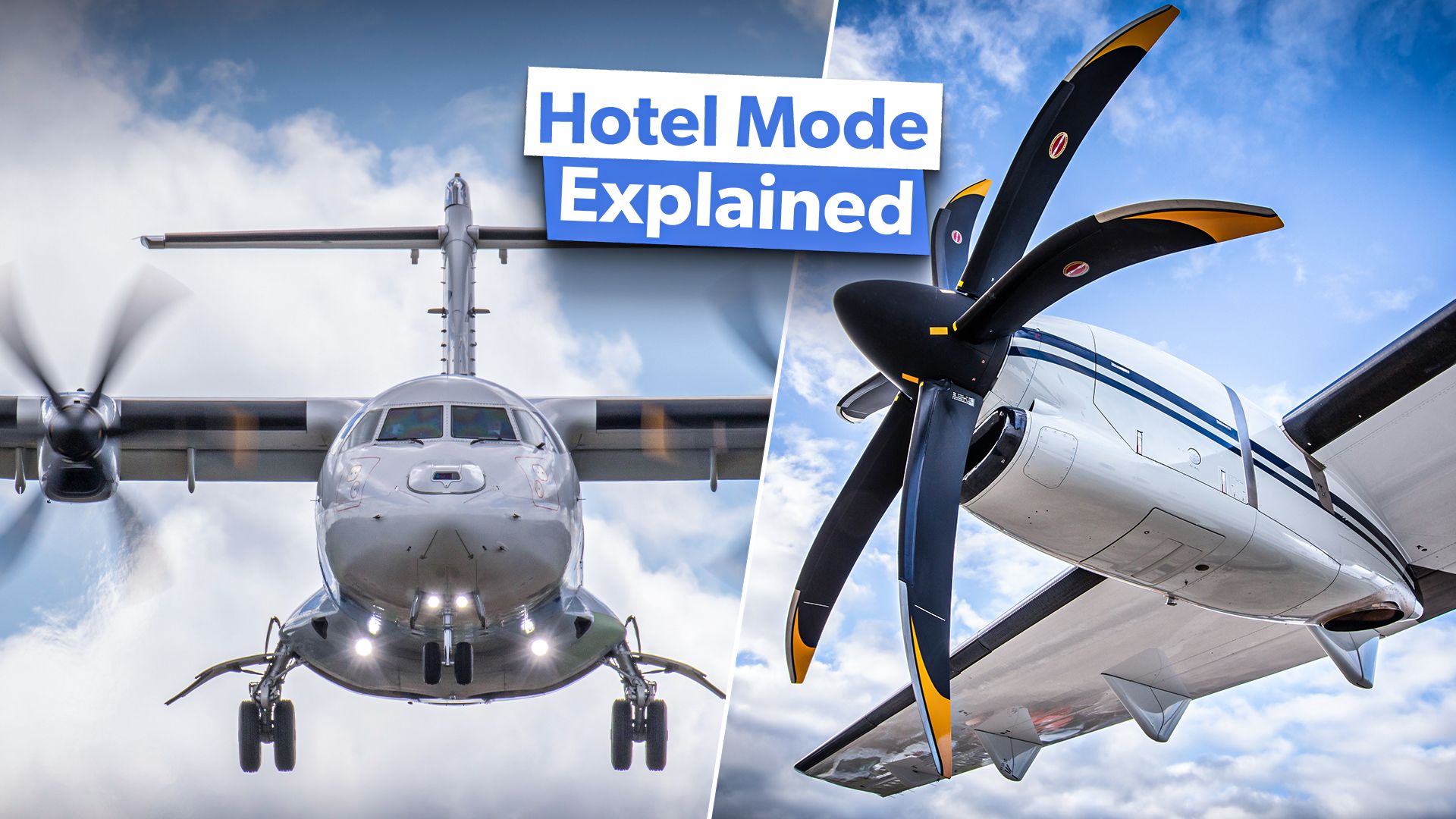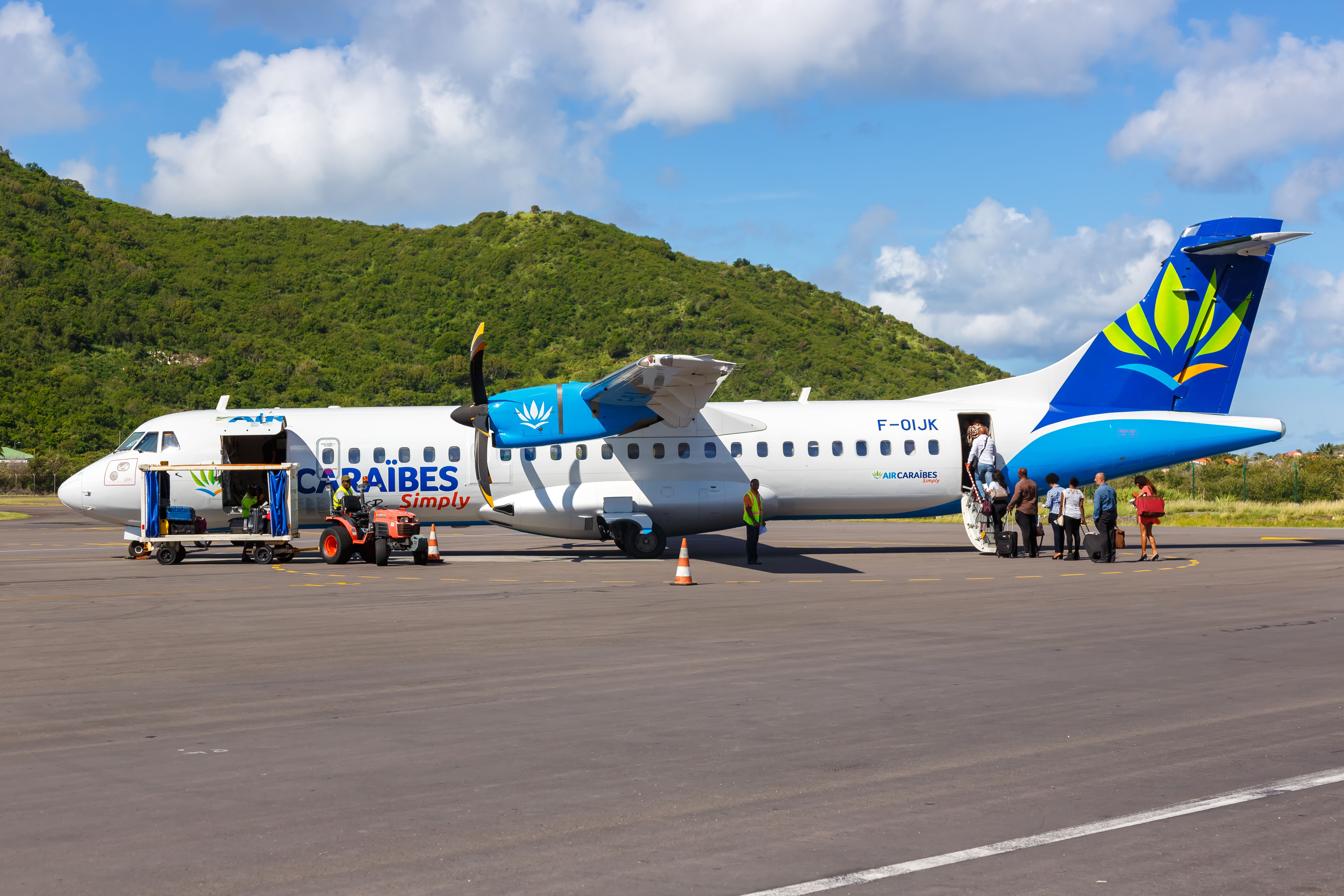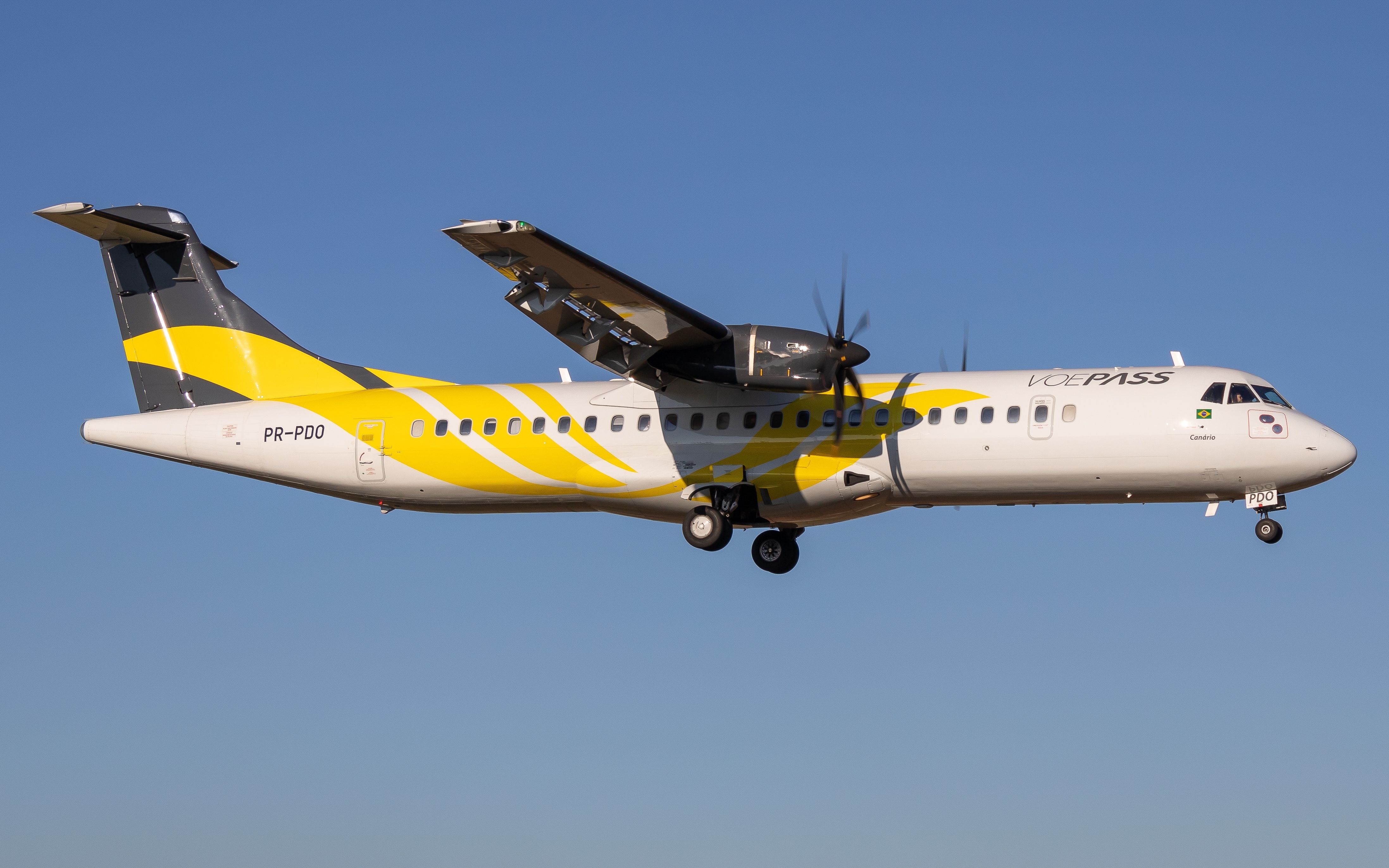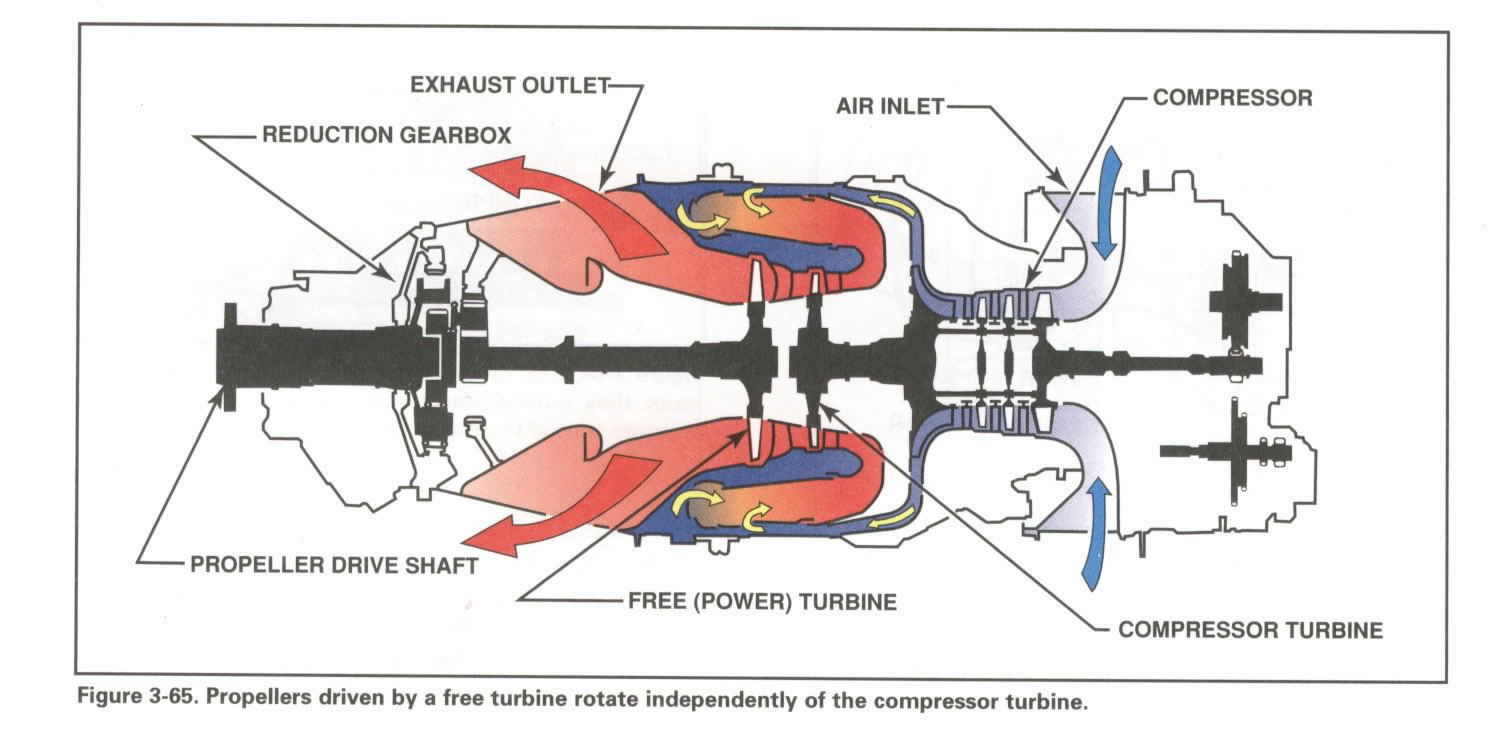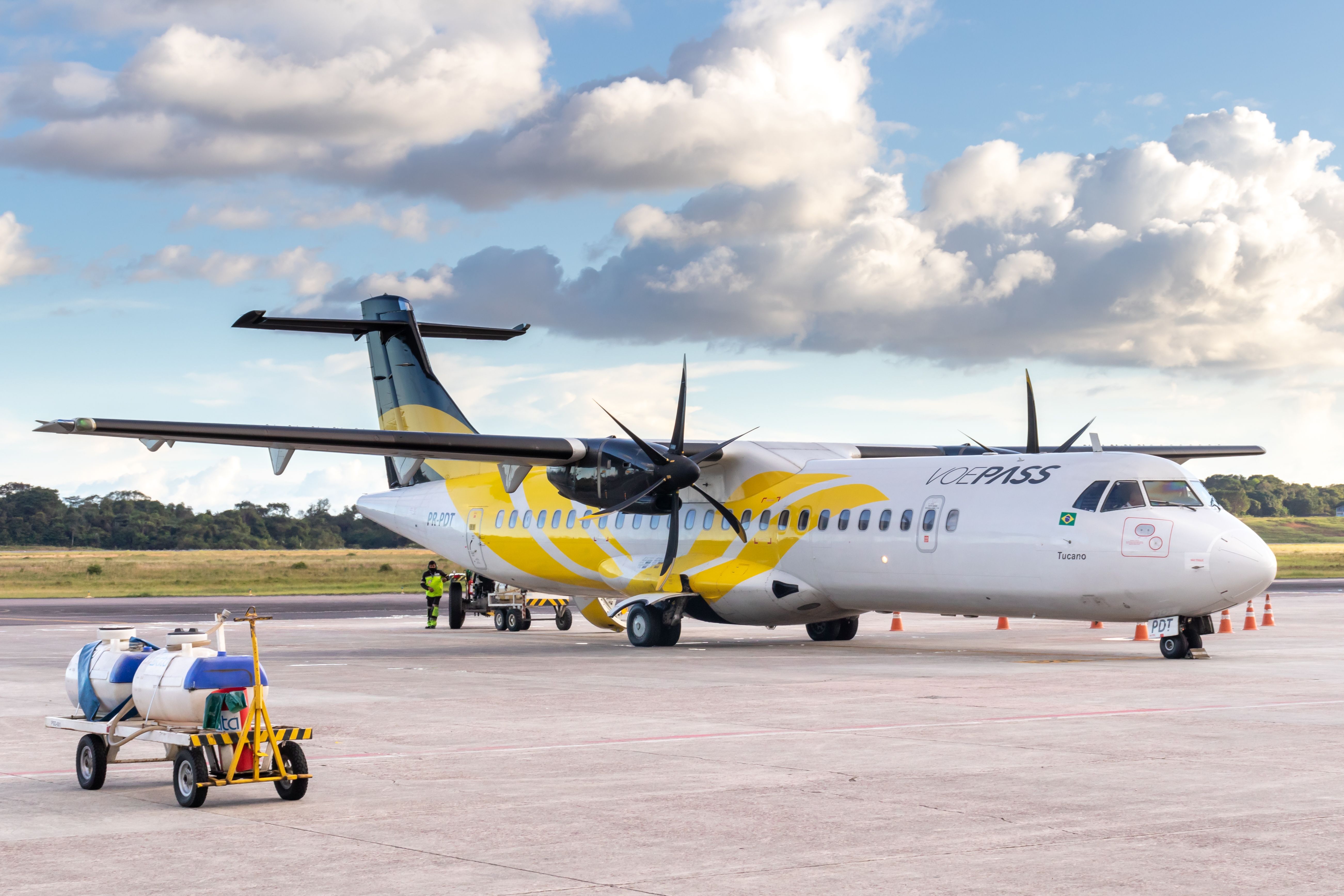The ATR family is a popular passenger and freighter turboprop aircraft that was first developed in 1988. The aircraft type was created by a joint venture of Aérospatiale – known as Avions de transport régional in French or Aeri da Trasporto Regionale in Italian. The ATR 72 was produced from the original and smaller variant, the ATR 42, which was first produced in 1984. Over the last four decades, the aircraft has transported millions of passengers all over the world, with its performance competing with another famous turboprop aircraft: the De Havilland Dash 8 series.
The ATR 42 and ATR 72 have unique features that set them apart from other regional and turboprop aircraft. Each aircraft type has its own respective variants, albeit the ATR 42 is no longer produced. As a participant in the European Clean Sky Joint Technology Initiative, ATR has been focused on sustainability since 2008. The planemaker developed an advanced variant of the ATR-72, known as the ATR 72-600 series, which was broadly similar to the ATR 72-500, but had improved engines and a new cockpit.
Multiple variants & sub-variants
ATR is only producing the 72-600 variant, which is the latest of several ATR 72 series:
- ATR 72-100: Included the 72-100 and 72-102 sub-variants. The -101 was produced with front and rear passenger doors, while the -102 was developed with a front cargo door and rear passenger door.
- ATR 72-200 (original production version): Included the 72-201 and 72-202 sub-variants. The -201 has an increased maximum takeoff weight (MTOW) compared to the -101, and the -202 also has a higher MTOW than its -102 counterpart.
- ATR 72-210: This includes the 72-211 and 72-212 sub-variants. Both types have updated engines, allowing for improved performance in hot weather and high-altitude conditions. The difference between the -211 and the -212 is the type of doors and emergency exits.
- ATR 72-212A (ATR 72-500): This variant is an upgraded version of the -210 variant, with more propellers in the engines. It also has other improvements, such as increased maximum weights and greater automation of power management to streamline workload.
- ATR 72-600: The latest series to be produced, and is still in production. It features numerous improvements, such as increased takeoff power, LCD screens in the flight deck, and a multi-purpose computer to improve flight safety and operational capabilities. The aircraft also has lighter seats, larger overhead bins, and can be arranged into a high-density seating configuration to accommodate as many as 78 passengers.
Photo: Markus Mainka | Shutterstock
The 72-600 has been developed into several sub-variants for maritime patrol, search and rescue, and command and control operations. The -600F was also produced as the first freighter version of the ATR family, with a reinforced floor and large front cargo door.
Pratt & Whitney engines
ATR has partnered with Pratt & Whitney to produce the ATR family’s engines. The aircraft is powered by a pair of PW100 turboprop engines with four to six propellers that have been improved over the years to upgrade each variant’s performance. Earlier models of the ATR 72 were built with the PW124B engine, but later versions have been developed with the PW127 engine.
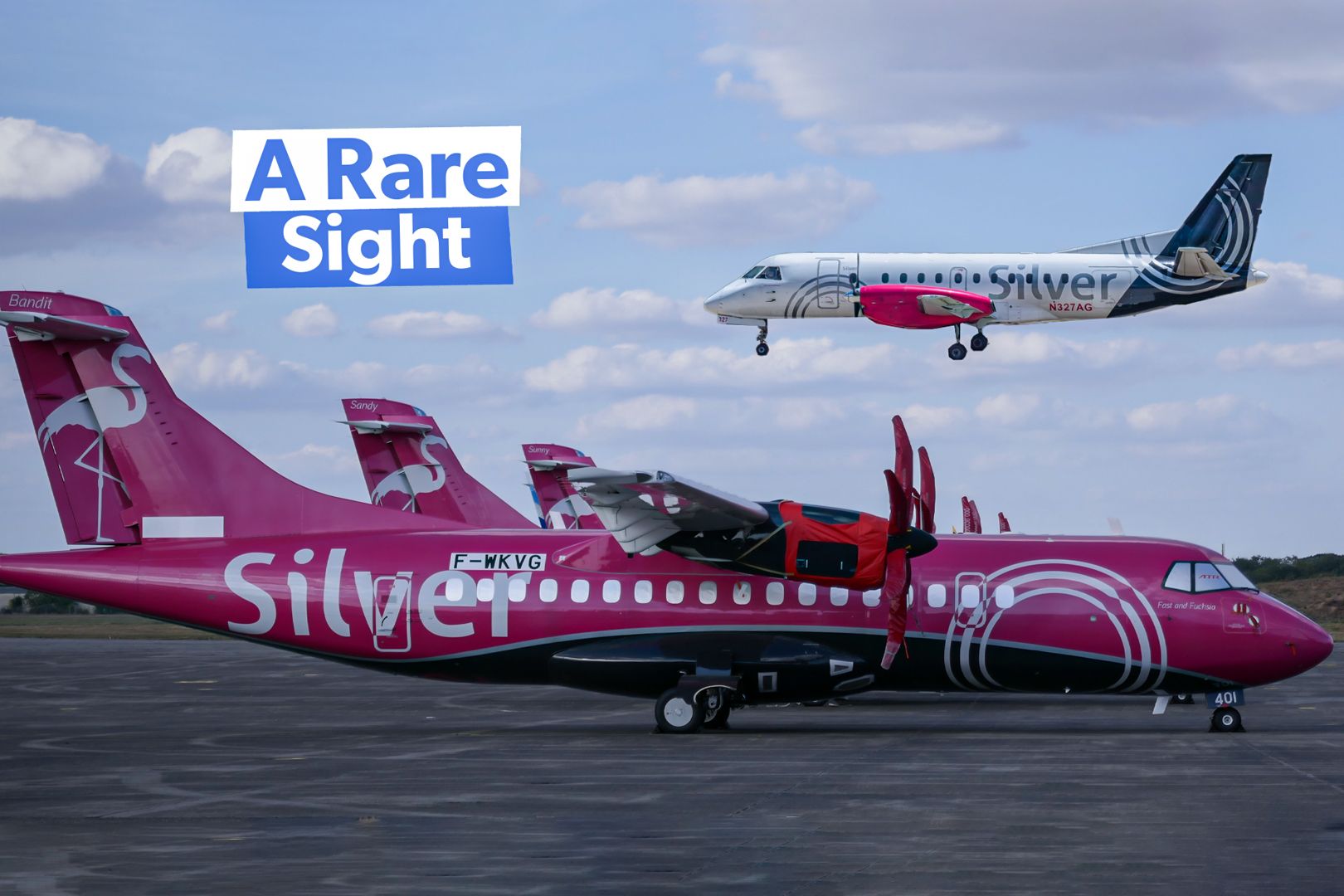
Read More
Why Are Turboprop Airliners So Rare In The US?
Unlike in the rest of the world, the turboprop’s popularity never really took off in the US.
The PW124B is rated at 1,800 kilowatts, while the PW127 is rated at a maximum of 2,050 kilowatts. The increased power notably upgrades the aircraft’s takeoff and performance, especially at airports in high-elevation regions. The engine also uses carbon fibers, which reduces the aircraft’s overall weight by 20%.
Hotel mode & its limitations
Perhaps the most unique element of the ATR 72 is that it lacks an auxiliary power unit (APU). These devices provide energy functions to an aircraft when its engines are not running. APUs generally run an aircraft’s electrical systems through single or multiple-phase electric power systems. Nearly all commercial aircraft utilize APUs when they are sitting at the gate as passengers board. They are essential, especially in keeping the aircraft at a comfortable temperature, whether in an extremely hot or cold environment.
Photo: Joao Fachetti | Shutterstock
Rather than using an APU, the ATR family can get power by using a propeller brake that keeps the propeller on the right engine from spinning. However, the turbine itself is still running, which provides electrical power and airflow inside the aircraft. The unique practice is otherwise known as “Hotel Mode.” This process is generally disliked, according to Aviation Stack Exchange. However, it saves weight and space that the APU would otherwise take up. Some ATRs that are equipped with APUs have the device located in the cargo section of the aircraft.
Hotel mode is not widely used across Europe because most airports are equipped with ground power units (GPUs). Many operators do not like the feature because it can be very loud, depending on proximity to the aircraft. It also uses a lot of fuel since the engine is essentially still running. It can also be dangerous if the propeller brake is in poor condition and loses its grip on the propeller. A forum user on the Professional Pilots Rumour Network described the limitations of hotel mode.
“Since every aircraft design decision is a compromise, the prop brake solution does have its limitations. Hotel mode cannot be used full-time at the gate like a conventional APU. Typically, the ATR cannot be fueled while in hotel mode. Also, most rampers do not care to load bags through the aft service door with a noisy, hot engine running 30 feet or so from them. Even though the prop brake can be a very reliable system, there is always the danger of the brake letting go and the propeller rotating with ground personnel in its vicinity.”
Photo: Tarcisio Schnaider | Shutterstock
One possible way to potentially avert safety concerns surrounding hotel mode is the ATRs boarding process. Most ATR 42 and 72 configurations require passengers to enter the aircraft through its rear door, and the front door is for loading cargo – another distinguishing element. The same process will play out during aircraft disembarkation. Some airlines have ordered aircraft with a front passenger door to be used efficiently by jet bridges at airports.
Hotel mode is a rare configuration, as most other turboprops, including the Dash 8 family, are equipped with APUs.
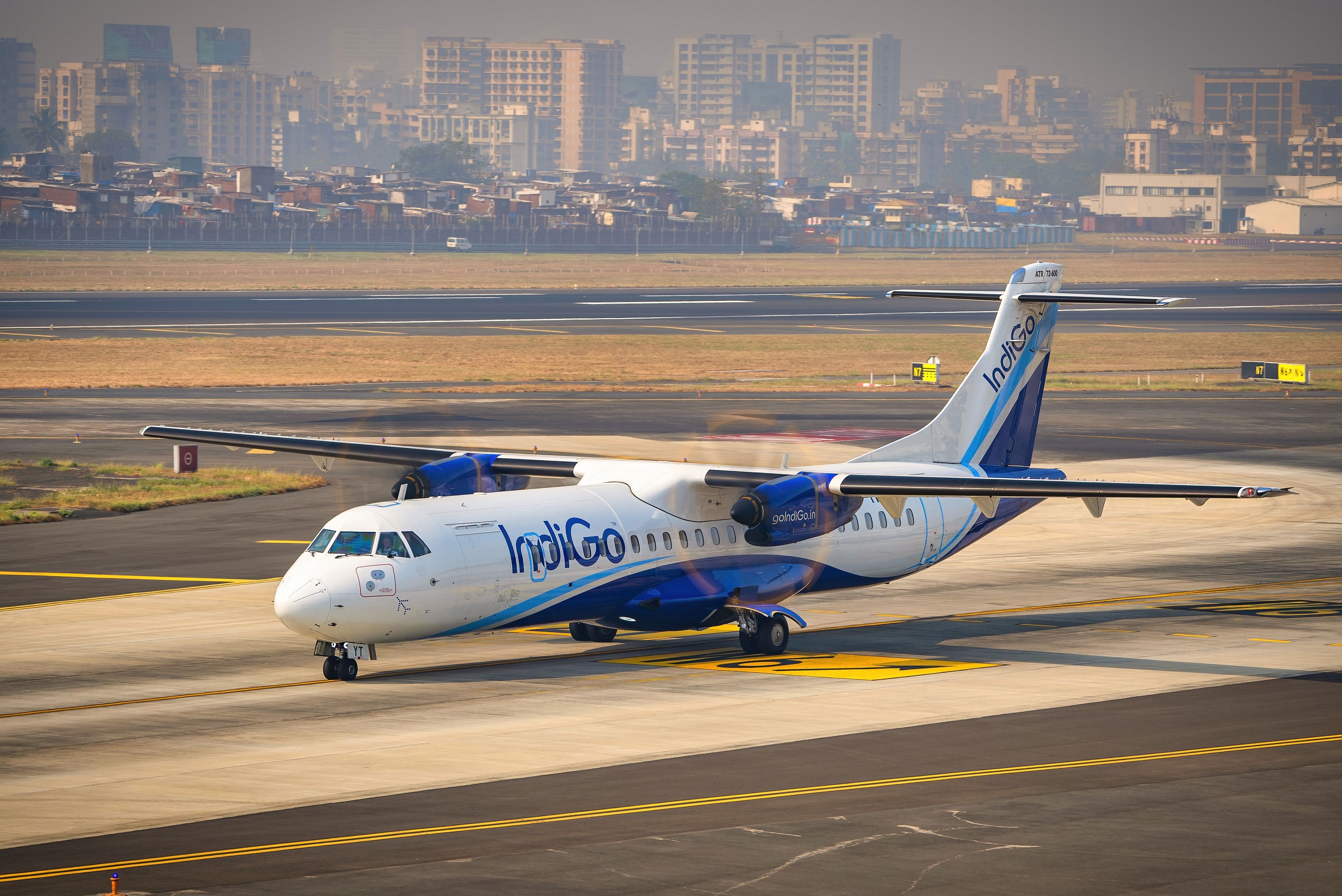
Read Next
IndiGo Provides Each ATR 72-600 Pilot With 9th Generation iPads
The airline has been using Electronic Flight Bag on its ATR planes since 2020.

